Usability courses
Disability courses
About this course
In this half-day course, you will learn about:
- Risk and ethics
- UX and agile
- UX in the Digital Service Standard
- Accessibility and inclusion
- Working with different kinds of designers
- Organisational maturity in UX
This course is for people who:
-
- Are making a new online service
- Are improving an existing online service
- Need to assess the quality of design work
- Want to build design capacity in their team
The online version of this course uses a combination of:
-
- small group discussions (breakouts)
- collaboration tools (such as whiteboards and polls)
- lecture content (with slides)
- video content
This course has been developed with accessibility in mind.
Find out more about how Great Question courses are taught online
The in-person version of this course uses a combination of:
-
- small group discussions
- collaboration tools (for example: pen and paper, sticky notes)
- lecture content (with slides)
- video content
The in-person version of this course has been developed with accessibility in mind.
This course was designed with the needs of the APS (Australian Public Service) in mind.
It is informed by:
Learning outcomes from the APS learning design standards for digital can be found at the bottom of this page.
What you’ll learn
Key learning outcomes
At the end of this course, you will be able to:
- Describe the legal risks associated with poor usability
- Describe the financial risks associated with poor usability
- Understand intentional and unintentional harm in design ethics
- Describe how UX relates to agile, scrum, and waterfall
- Recognise how UX is integrated into the Digital Service Standard
- Name and describe the four fundamental principles of the WCAG accessibility guidelines
- Name and describe different job titles associated with UX
- Identify some characteristics of a great UX designer
- Identify different levels of organisational maturity in UX
APSC learning outcomes
This course aligns to learning outcomes set out in the APSC (Australian Public Service Commission) Learning Standards for Digital and the SFIA digital skills and competency framework.
Interaction design
1. Introduction to Interaction Design in an Agile Government Digital Context
1.1 Transforming Government Digital services: describe the role of Interaction Design in meeting the Digital Service Standard
1.2 Introduction to Interaction Design: explain the fundamentals of Interaction Design
2. User research for Interaction design
2.1 Understand the problem set and the needs of the User: discover the needs of the user, undertake research to generate user insights along with the User Researcher.
2.2 User Research for the purposes of Interaction Design: design, run and analyse experiments which generate user insights
3. Key Skills of Interaction Design
3.1 Principles of design
– Apply the principles of design in a digital context
Agile delivery management
1. Why Government needs agile delivery management
1.1 Agile definition
-
-
- Define agile and agile delivery management
- Describe the core values and success criteria of agile thinking
- Articulate the difference between agile thinking and a traditional waterfall approach
-
1.3 The history of agile: outline how agile thinking evolved
3. Frameworks and practices of agile delivery
3.1. A detailed look at the project and service development frameworks: describe the key project management frameworks
5. Managing an agile delivery team
5.3. User centricity and the agile team: describe a user centred approach and how it informs the product backlog
Accessible and inclusive government services
1. Accessible and inclusive Australian Government services
1.1. Defining accessibility and inclusion: explain the importance of making Australian Government services inclusive and accessible.
2. Accessibility compliance requirements and guidelines
2.1 Mandatory requirements for accessibility: comply with accessibility legal and policy framework
2.3 Assistive technology: design for common types of assistive technologies and adaptive strategies
4. Championing accessibility within your organisation
4.1 Accessibility performance: assess, monitor, and report on the accessibility performance and capability of your organisation

